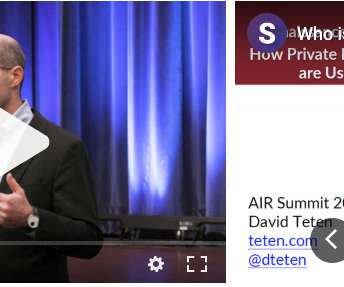Seed Stage Funding 101: What it Is & How it Works
The Startup Magazine
AUGUST 11, 2023
This could be a proportion of the company’s equity or investment; in other instances, it could be a portion of its later-stage profits. The criteria change after a company reaches the growth stage when it is deemed to have attained product market fit. The earliest investors in a business are usually syndication.
















Let's personalize your content